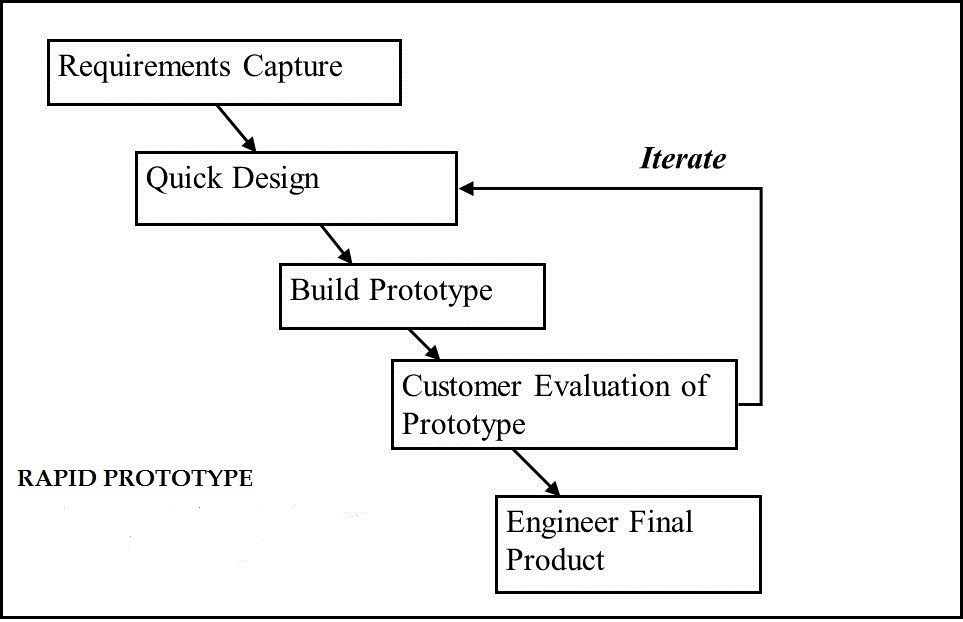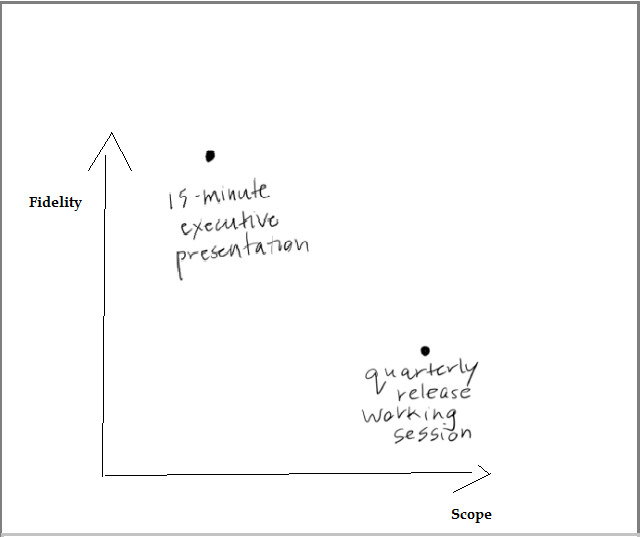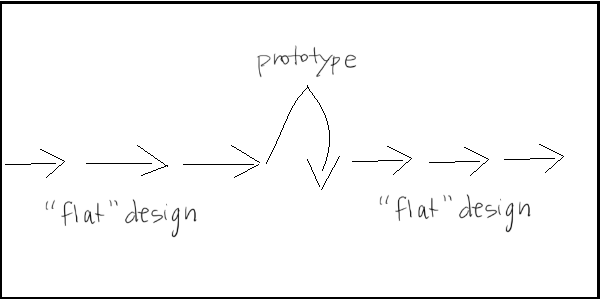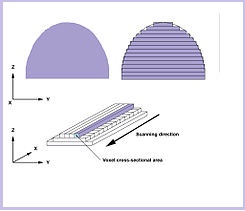Six Ways to save your time in Rapid Prototyping
Rapid prototyping is a group of techniques used to rapidly fabricate a scale model of a physical part or assembly using three-dimensional computer aided design (CAD) data. Constructing the part or assembly is usually done using 3D printing or "additive layer manufacturing" technologies.
How does Rapid Prototyping help you to save time?
Rapid prototypes help you ensure that you’re moving in the right direction, and let you promptly share the direction with your teammates, customers, and prospect without investing in the actual development. However, if you’ve ever tried to build a rapid prototype, then it can become a dev undertaking of its own. That is the reason many teams are on it and to establish a few simple guidelines to get more and invest less in the rapid prototyping process.
Think of a Rapid Prototype as a Disposable Artifact.
The rapid prototyping tools give us an excellent level of freedom; with enough effort you can build an entire product with no waiting on a single engineer. Unfortunately, the reality sets in when you’re halfway through the prototype. Whereas, every change creates an undulation effect which touches two dozen unconnected screens and breaks a handful of others.
The main aim of rapid prototyping is to gain feedback that guides the final design. So the prototype is just a means to an end. You can toss it once you’ve learned what you needed to.
Thus, avoid the temptation to prototype the full product unless you want to tackle all the day-to-day hassles allied with actually managing the product. Instead, spin up the exact prototypes as your team needs them. When limiting the scope of each prototype frees you to do what’s best at the time, without making you worry about ongoing maintenance.

Establish a Clear Purpose for Each Prototype
Understanding your prototype’s purpose will help you describe project scope and the level of fidelity you need.
As project artifacts, rapid prototypes are particularly useful for:
Gathering Customer Feedbacks
- Make use of realistic page interactions and animations to help users identify with your ideas.
Getting Executive Buy-In
- Quickly and briefly convey your plans.
Sales and Account Management
- Share new ideas with prospects, potential renewals or key accounts.

Define the Prototype’s Necessities on Time
As with most of the design projects need to be shown on early; to define its scope and fidelity determines a prototype’s cost and development time. In other words: how big and how actually does a rapid prototype need to be served its purpose? May be the image shown below will help you understand.

Talk about a prototype’s level of fidelity in several different dimensions, such as:
Scope
What screens does the prototype require?
Aesthetics
Are we prototyping with fast, sketchy mockups, or do we need full-color comps?
Interface
Do buttons and other controls need realistic mouse-over states? On tap, will we just need to reload the page or do we need animated transitions?
Content
When will we use “lorem ipsum” or professional, brand-approved copy? Do we need to tie into a back-end system or can we paste dummy data into our designs?
Code
What code will we build, like HTML or Objective-C, or with a rapid prototyping tool like InVision. Now, agree that your prototype’s scope and fidelity early will avoid your stakeholder or client let-down and last-minute stress.
Stay in Flat Design as Long as Possible
Conventional wisdom says that you should work on interactivity mode in early cycles, but this doesn’t mean that you should always hold in the world of rapid prototyping.
Pay notice to UI design trends to increase the deadline approaches. Make sure and clarify with your team and ask what they want to test? And, is this what they want to show to customers or the executives?
Do not delay your work and make any last-minute design changes, as they can create a ton of work if you built out interactions too early. Make a use that issue a final call for feedback before you start building, and save your interactions until as close as possible to the actual deadline. Make your team feel heard, and you can spend your time perfecting designs instead of rebuilding the prototype; For Example:

Test your Prototype’s Connections while you build them
Developers should be familiar with the best practice: Test as they go.
Weaving connections into a prototype uses a different part of the brain than designing does. It’s easy to get lost in the rhythm and just tune out until you’re done. But if you forget to test the prototype along the way you do it, then it might affect your work, and ask you to start it up again.
However, at the end of a long prototyping indulge, it can be hard to know where exactly you went wrong; at this will definitely lead you to chase for the bugs. So make sure you can test while you build and to get it done sooner.
Don’t expect your prototype to communicate all your edge cases to development
Prototypes always lead to great questions from your team. Some will be broad and strategic, but some are very specific. Be sure you address the use case, which makes you and the users identify easily.
As we know that every product has a set of “edge cases” or “unhappy paths.”To avoid such scenarios make sure that your prototypes are well-designed as these edge cases can impact the users experience, and can be hard to spot in a rapid prototype. For these scenarios, separate development specifications by making the most sense; and start working from the written list of edge cases. So that your engineers can make sure they cover each one, and without any frustration of clicking around they can try and discover them all easily and on time.
Keep your Rapid Prototypes … Fast
Whether you are looking to gather your customers’ feedback, get executive approval, or improve engineering correctness, rapid prototypes help you ensure that you’re moving in the right direction.
Starts following the guidelines discussed above and avoid wasting your work and keep the prototypes rapid.






